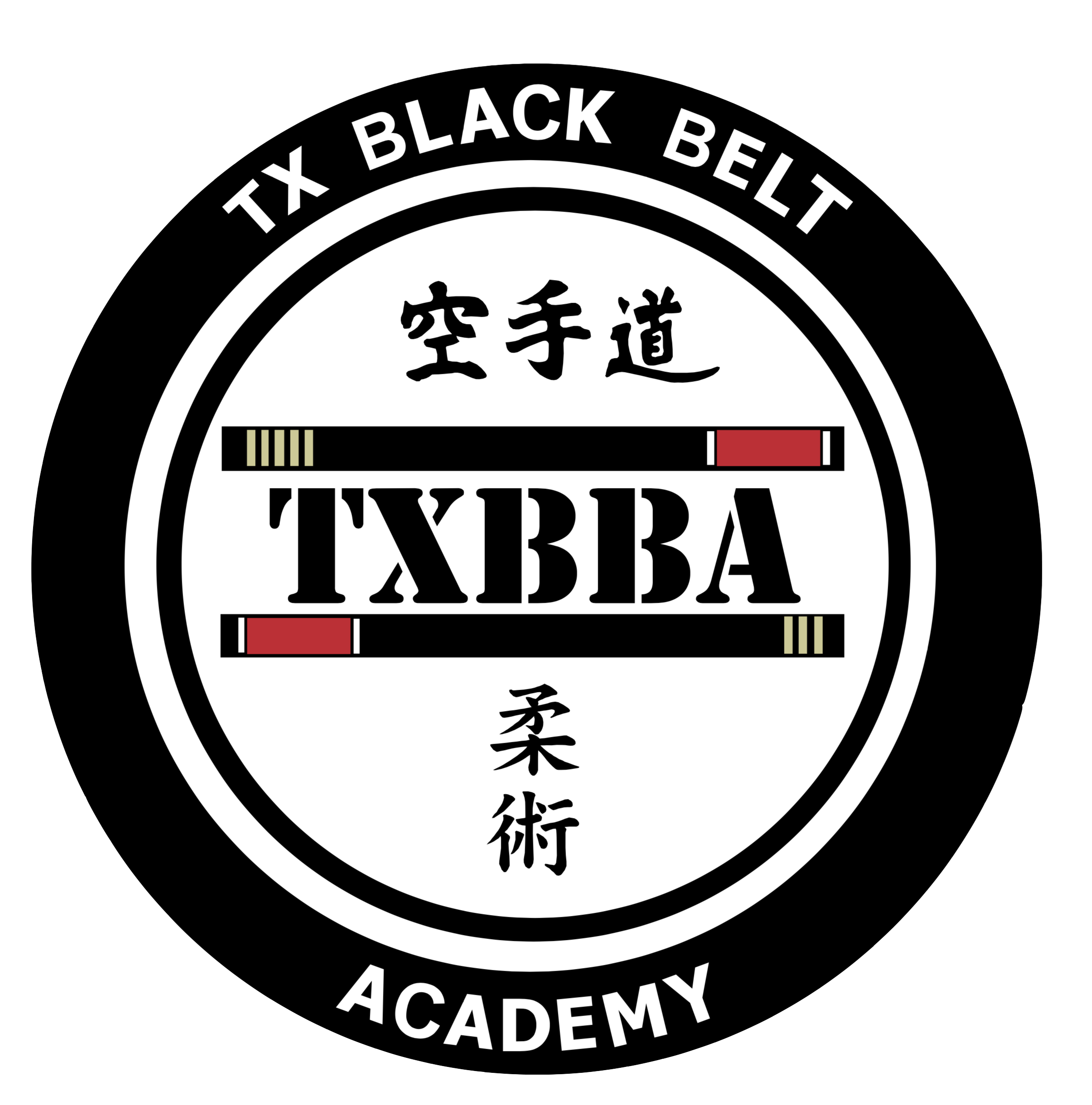Benefits of Martial Arts in Children’s Education
Benefits of Martial Arts in Children’s Education by
Shawn Nashbandi
TX Black Belt Academy www.txblackbeltacademy.com/flower-mound
It is no surprise that physical activity has significant benefits in many aspects of our lives, especially for our children. Activity in children is essential for mood improvement, better sleep, improved concentration, better sleep, better focus, teamwork, stress-reduction, self-esteem, coordination, weight management and much more. Again, not surprising....but how?
A study in Brain Research shows “Children with higher levels of fitness have larger hippocampi, Children with higher levels of fitness perform better on a relational memory task, larger hippocampi are related to better relational memory performance in children, the size of children’s hippocampi partially mediate the relationship between fitness level and relational performance (Brain Research, A neuroimaging investigation of the association between aerobic fitness, hippocampal volume, and memory performance in preadolescent children volume 1358, 28 October 2010, pages 172-83 https://www.ncbi.nlm.nih.gov/pmc/articles/PMC3953557/ ).
The question is, does a particular type of exercise effect children differently, especially in an academic setting. A recent study in the International Journal of Environmental Research and Public Health (MDPI) “compared the performance in one hundred and two boys and girls with an average age of 11.84 years...who participated in martial arts, team sports or were sedentary children...results demonstrated that children practicing martial arts showed better executive functioning and higher school marks that those in team sports...furthermore, participants aged 12-15 years old outperformed....executive function tasks and had a better academic performance.”
The study suggests that “different types of sport may influence executive functions in various ways:.... Open-skills sports involve complex cognitive processes, such as perception, attention, planning, strategy development, set changes, ongoing adaptability, and active decision making. They are performed in dynamic and unpredictable environments...basketball, tennis, karate, soccer....are examples of typical open-skill exercises.
The study identifies closed-skills as “fewer cognitive demands, performed in predicable environments and are self-paced. Typical exercises are running, cycling, and swimming. Recent studies suggest that open-skill sports improve cognitive functions such as attention, perception, short-term memory...people involved in open-skill sports, who are required to adapt in a constantly changing environment, are hypothesized to have better executive functions than those who participate in closed-skill ones.”
“....open-skilled sports was linked to higher mathematic marks and....showed that participants who were involved in karate performed better on working memory, attention and executive function tasks....in conclusion, specific sports require different demands related to varying cognitive loading....participants involve in martial arts would show better performance on tasks measuring executive functions when compared with peer practicing team sports.” (International Journal of Environmental Research and Public Health- Nov 9th, 2021, Sports, Executive Functions and Academic Performance: A comparison between Martial Arts, Team Sports, and Sedentary Children https://www.ncbi.nlm.nih.gov/pmc/articles/PMC8622860/ )
